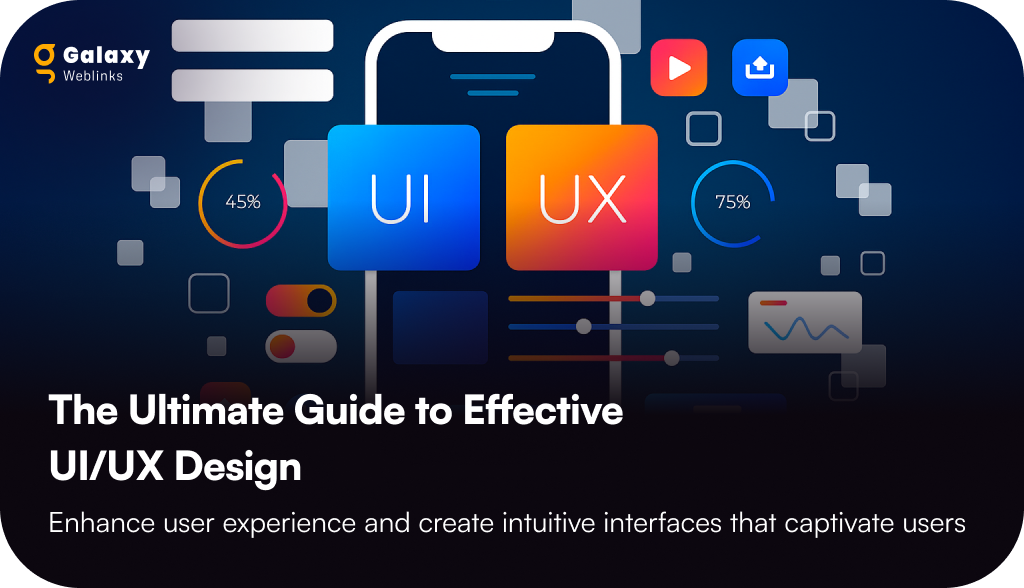Creating a website can be a difficult task. There are numerous design principles to consider, and you must find unique ways to capture and hold users’ attention.
The first impression of your content by a viewer does not have to result in a sale. It’s nice if it does, but your client and even you may be unaware of what your design is doing. Your main goal is to leave a lasting impression.
If done correctly, a website can act as a sort of sales funnel, attracting people to your product or service and convincing them to buy or call for more information. It is critical – and not easy – to create an effective funnel. One that assists you in identifying the right buyer early on and makes purchasing your product a pleasant experience.
This post will help you understand the various steps of building a sales funnel and the role of design in sales funnels.
Understanding sales funnel stages
Each stage of the sales funnel affects the users’ behavior. You must be intimately acquainted with them. Knowing each step allows you to employ tactics to increase the number of people who progress from one step to the next.
This has the potential to have a huge impact on your business.
Assume you double the number of people at two stages of your funnel. You double the number of leads and the percentage of closed customers. This means you’ll get four times as many new customers each month. And one of the most powerful concepts in business is defining and managing your sales funnel.
…
1. Awareness
This is the stage at which the prospect learns about your company and what it has to offer. This can happen through social media, word of mouth, Google searches, and so on.
The Role of Design:
Potential customers may become aware of a problem they are experiencing and possible solutions by discovering your product/service. This could become a right-place, right-time scenario in which customers buy what you’re selling right away.
- Make Use of Strong Branding
Our first piece of advice for creating an effective website is to use consistent branding throughout. You should have a set of colors, fonts, and even shapes that you use regularly as a brand. When developing a website, make sure to keep these elements in mind. Take a look at the screenshots from BusySeed’s website below, for example. As you can see, the website development team has kept the structure, colors, font, and shapes consistent throughout the site. Using your brand’s elements liberally on all pages allows viewers to quickly grasp your brand’s tone and mood. It also makes you more distinguishable.
- Create Eye-Catching Landing Pages
Landing pages are the pages of a website to which visitors are directed. The term “landing page” has recently evolved from a standalone page to any page that appears in an ad or a Google search. A website can now have multiple landing pages thanks to this new change. If you run an ad for Social Media Management, users will be directed to our social media page, which will serve as a landing page. You get the idea. As a result, any page on the site that will be used as a landing page requires special attention. The landing page should contain all of the information that a customer requires about a product or service.
This is the first step in developing a sales funnel and is critical for capturing and retaining attention. According to many studies, you only have about ten seconds to entice someone to visit your website before they click away to go somewhere else. Your landing pages should clearly state the service or product and include at least one call to action.
…
2. Interest
When customers reach the interest stage of the sales funnel, they are conducting research, comparing prices, and considering their options. This is the time to impress them with incredible content that benefits them but does not sell to them.
The Role of Design:
If you push your product or service from the start, you will turn off prospects and drive them away. The goal is to establish your expertise, assist the consumer in making an informed decision, and offer to assist them in any way you can.
- Make Navigation Easier and More Convenient
Once you’ve gotten your potential customers into the sales funnel, it’s time to keep them there. How are you able to do this? This is a critical step in the website development process. It is up to you and your team to make the sales funnel a place where prospects want to go. One method is to provide easy-to-use navigation. Always include a header (or a menu on mobile) that links to your site’s other pages. Organize things into subpages to keep the header free of clutter.
As an example, take a look at our screenshot. Subpages keep the header from being too busy, making it more user-friendly.
- Visuals are a must
What is the best way to get people’s attention? Visuals! When creating a website, try to incorporate as many visuals as possible (without it being overwhelming). People are initially drawn in by the visuals and then stick around for the text. People enjoy watching videos. They always generate a lot of interest, whether on a website or as a social media post.
Make use of videos whenever possible! Of course, we have photographs. Make certain that the images you use are consistent with your brand and that they demonstrate diversity. Remember that smiling faces make your brand more approachable! Icons, slideshow images, logos, and call-to-action buttons are also excellent visuals to use when designing a website.
All of these factors will assist you in attracting customers and keeping them on your site long enough for the sales funnel to begin working.
…
3. Decision
When a prospect reaches this stage of the sales funnel, he or she is ready to buy.
Because he or she may be considering two or three options — hopefully, including you — now is the time to make the most irresistible offer you can (packages, options, free shipping, discount) so that they do not hesitate any longer and purchase your product or service.
The Role of Design:
- Remove all distractions.
Having too many distractions is one of the most common design flaws in sales funnels. Consider removing distracting features such as sidebars, excessive links, top navigation, or even too many images if your sales page or pages are on a larger website.
People make snap decisions. The quality of both the content and the design influences whether or not they stay on a website for more than a few seconds. Within this page or section of the funnel, there should be only one clear message.
Here’s a simple example from Wishpond, where they ask visitors for their contact information in exchange for a digital resource:
- What action do you want your visitors to take next?
- Are the next steps obvious?
- Are there any extraneous elements that could confuse visitors or divert them from the next steps?
Getting rid of distractions is essential for effective funneling!
…
4. Action
That is the ultimate point in the sales funnel. By purchasing your product or service, the prospect becomes a customer of your company. It is critical to note that there may be additional stages to your sales funnel. Your interaction with the customer must extend beyond the purchase.
Now you must focus on customer retention by expressing gratitude for the purchase, inviting the customer to provide feedback, making your brand available for support, and so on.
The Role of Design:
- Make it Easy For Consumers to Complete the Goal
The final stage of the sales funnel is to get the customer to complete a task. Filling out a lead form, contacting you directly, purchasing a product, or downloading an app/content are all examples of this. Whatever your goal is, it must be simple for customers to achieve. Make all your forms user-friendly and short. Have several points of contact. Make the checkout process as simple as possible. Make the app/content available for download directly from that page.
Do everything in your power to keep things simple and inviting to achieve your desired result. The less time-consuming and complex a task is, the more likely it is that it will be completed. Make sure to use buttons to link to the goal pages so customers don’t have to search for them.
Netflix requests your payment method after the free trial period. You have several payment options, including gift code, credit card, and PayPal. There is a reminder on this page that you can cancel at any time.
Conclusion
Your viewers are eager to hear what story you can entice them to listen to, just as you would be less likely to go see a movie based on a text-only description rather than a full-color poster or trailer.
Many digital marketing strategies rely on sales funnels. When formatting and designing landing pages or websites in this day and age of internet buying and selling, there are numerous factors to consider.
To convert the most visitors, you must break down customer barriers while remaining true to your clear messaging. You only have a few seconds to make a big impression online, so use these funneling design tips to make the most of them!
Contact us if you are at the first step of creating an effective sales funnel by designing an attractive website or application.
About Galaxy Weblinks
We specialize in delivering end-to-end software design & development services. Our UI/UX designers are creative problem-solvers with a decade of experience in all facets of digital and interactive design. We create compelling and human-focused experiences delivered through clean, and minimalist UI.

